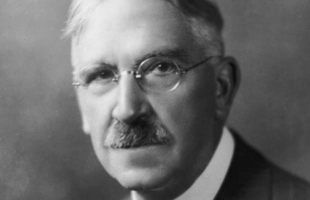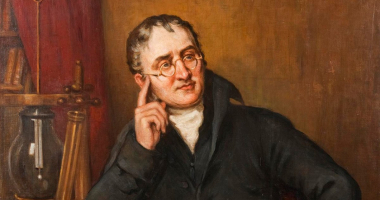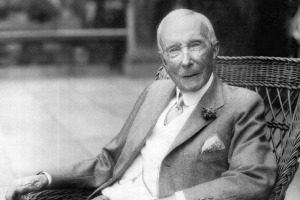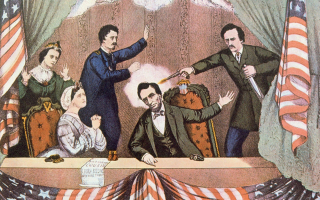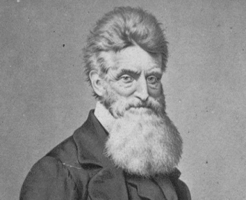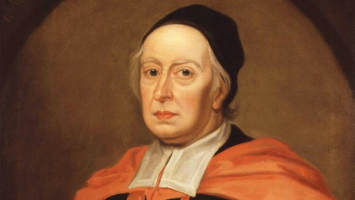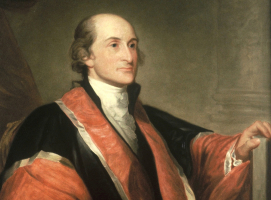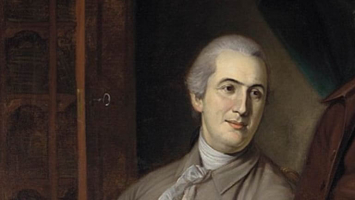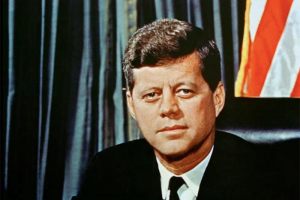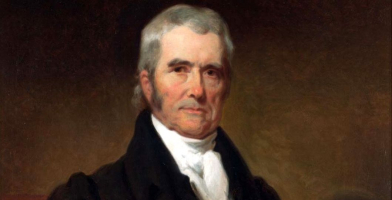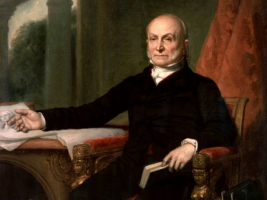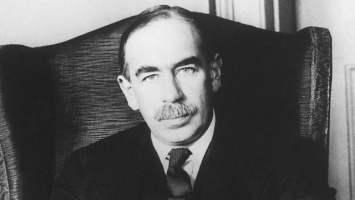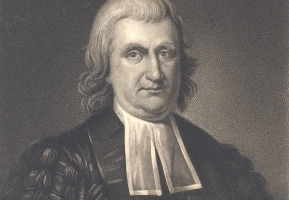Top 7 Interesting Facts about John Paul Jones
Born in Scotland, John Paul Jones would lead the American Navy during the American Revolutionary War. Among the political elites of America, he acquired a lot ... read more...of friends and enemies who accused him of piracy, and his acts in British waters during the Revolutionary War gave him international notoriety that endures to this day. Let's look at interesting facts about John Paul Jones since he had an interesting upbringing and life narrative.
-
An intriguing detail about John Paul Jones is that he was the fifth of seven children when he was born in Kirkbean, Scotland, in 1747. He was originally known as John Paul before changing his name. On July 6, 1747, John Paul Jones was born in a tiny house in Arbigland, Scotland, going by the name John Paul. Jones discovered his calling at sea at the age of 13, receiving an apprenticeship with the British Merchant Marine while his father, John Paul Sr., worked as a gardener. His father, the son of John Paul and Elizabeth Wright, was born in Leith on January 27, 1700. At New Abbey, he wed Jean Duff on November 29, 1733. He worked in Arbigland as a gardener. On October 24, 1767, at Arbigland, he passed away.
His mother, Jean Duff, is probably related to one of the Duff family that were then residing in the Kirkbean or New Abbey region. The Kirkbean Registers do not begin until 1714, and the New Abbey Old Parish Registers do not contain a record of her baptism. There are three potential choices for her father, and she would have been born around 1710.
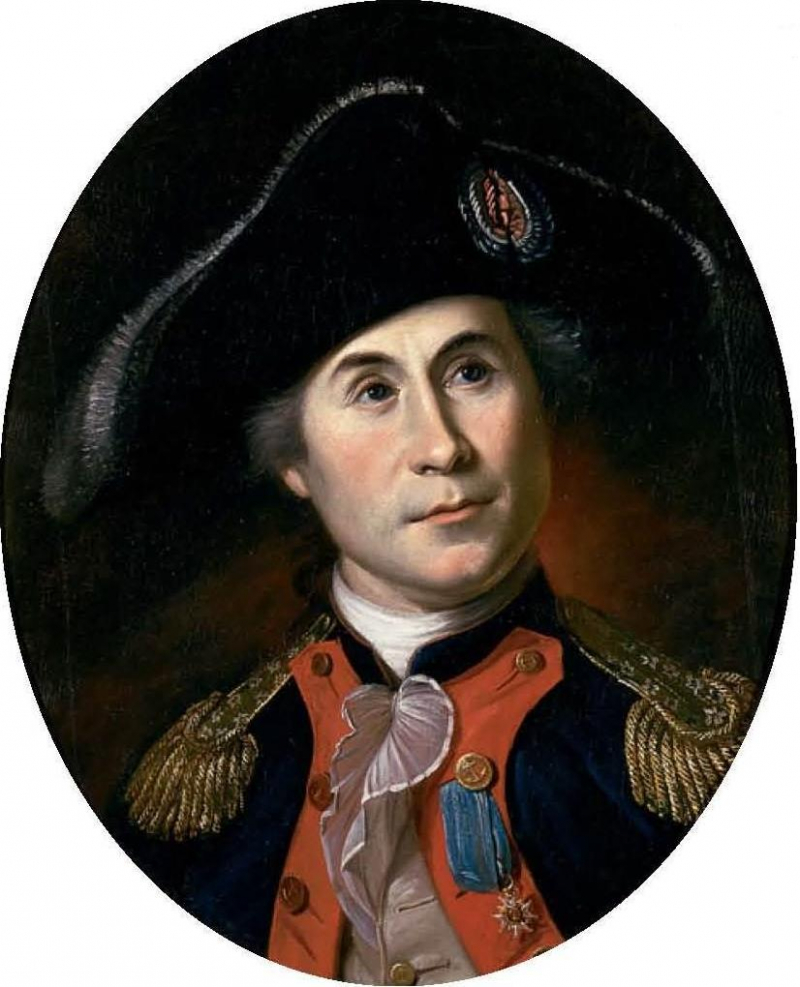
Photo: Wikipedia Video: Broderick Schofield -
At the young age of 13, Jones began his career in the navy as an apprentice on the British cruiser Friendship.
He worked aboard numerous British ships during his early career, giving him the chance to observe the slave trade firsthand. He expressed his disgust and stated that he opposed slavery, which caused him to decide not to work on any more slave-trading ships in the future. Eventually, Jones' sailing exploits would bring him to America, where, like many other sailors before him, he became embroiled in the slave trade. He was appalled by the realities of human trafficking, though, and went back to his responsibilities as a cargo shipper. In 1773, Jones found himself in a very difficult situation when, acting in self-defense on the island of Tobago, he killed a mutinous sailor. Jones went to America because he didn't think he would get a fair trial. In order to hide his identity, he inserted the last name "Jones" there.
John Paul Jones was a celebrated and distinguished Scot who gained notoriety and became a key player in the Revolutionary War partly as a result of his deeds and accomplishments at sea. Jones, a naval captain who was heavily involved in the Continental cause, was tasked with harassing British ships along the coasts of Nova Scotia, Britain, and Ireland, respectively. In this lesson, we will discover what John Paul Jones accomplished to gain his reputation as the Crown's and its forces' unavoidable nemesis during the North American conflict. Jones was widely respected and revered by his adopted people as well as the French king Louis XVI (who named him a Chevalier, or knight, of France), but his British counterparts compared him to the pirate Blackbeard and had much less favorable opinions of him. This is one of the interesting facts about John Paul Jones.
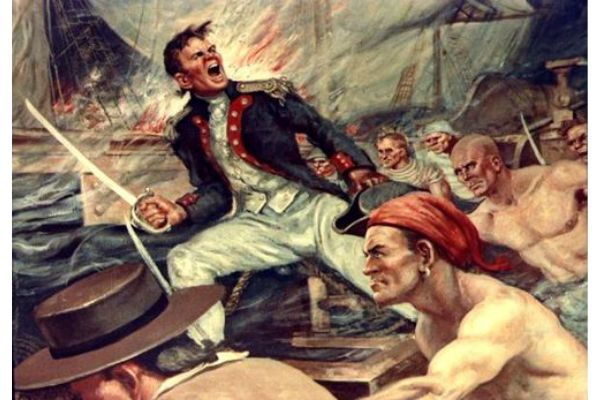
Photo: www.legendsofamerica.com 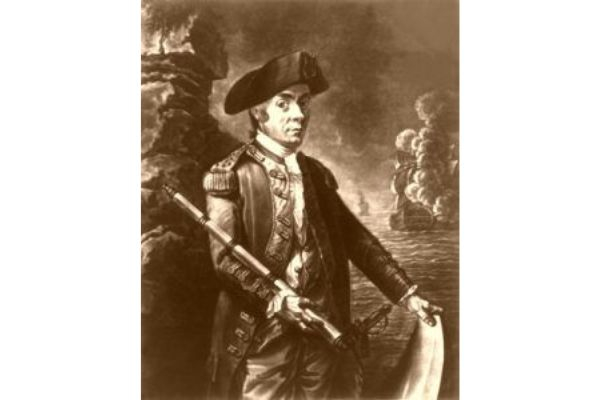
Photo: www.legendsofamerica.com -
In the British navy, Jones' career was flourishing, but in 1773, he was forced to leave this behind. Over a salary issue, he got into a fight with one of his seamen and killed him. He claimed that he was acting in self-defense, but because he didn't think he would get a fair trial, he made the decision to leave the country and travel to Fredericksburg, Virginia. He adopted the name John Paul Jones at this point.
In 1774, Jones escaped to Virginia because of fear that he would be accused of murder. He had a second opportunity to take leadership during the American Revolutionary War. First Lieutenant Jones was given command of the 18-gun sloop Ranger in 1777 after being appointed to that position in the Continental Navy in 1775.
During a voyage in 1778, Jones, who was based in France, took the twenty-gun HMS Drake and assaulted the port of Whitehaven in northern Britain. He assumed command of the forty-gun converted merchantman Bonhomme Richard the following year. He oversaw the American assault on a British merchant squadron that was being escorted by HMS Serapis in September. Despite suffering significant casualties, Jones' crew refused to surrender when the commander of the Serapis urged them to. He said, "I have not yet started to fight." The British captain gave up after a huge explosion on board the Serapis was caused by a grenade. Jones became the first naval hero in America as a result of the battle. It was to be his final deed. He was given command of the seventy-four-gun America upon his return to the United States as commander of the British sloop Ariel that had been seized. However, the ship wasn't completed until the war's end, at which point it was given to France as a gift.
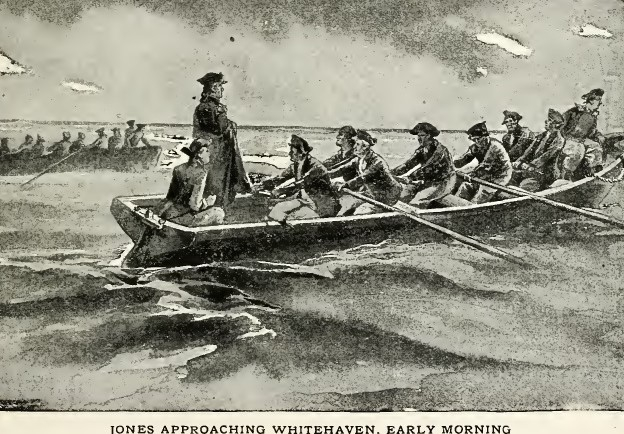
Photo: Charismatic Planet 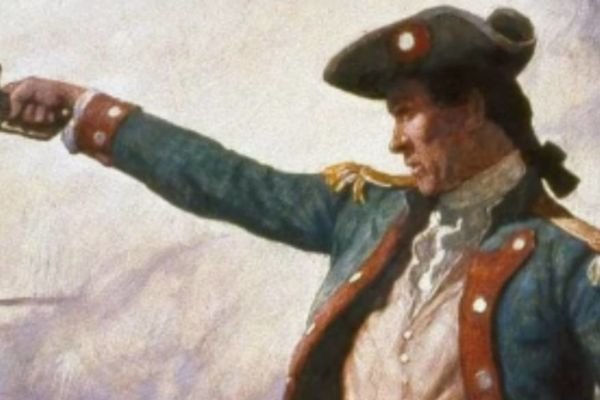
Photo: blog.theveteranssite.greatergood.com -
Given his Scottish heritage, John Paul Jones understood the desire for independence on the part of a British Empire province. Because the Americans required experienced naval commanders, he joined the American Navy and quickly advanced through the ranks. Despite the British Navy's potential superiority, he was raised to the rank of captain and conducted numerous victorious campaigns against it.
Fortunately for Jones, the American colonies were preoccupied with igniting the war with the British to pay attention to his background. When the American Revolution began in 1775, Jones, who could still clearly remember how badly Britain had treated the Scots, sided with the colonists and enlisted in the fledgling Continental Navy.
Jones extended his activities after striking British ships near the American coast with considerable skill and audacity. He was the USS Providence's captain as it sailed to Nova Scotia and captured British ships.
Soon after, he assumed command of Ranger and sailed for France, where the French Admiral La Motte Piquet saluted his ship, making Ranger the first American vessel to ever be acknowledged by a foreign nation.
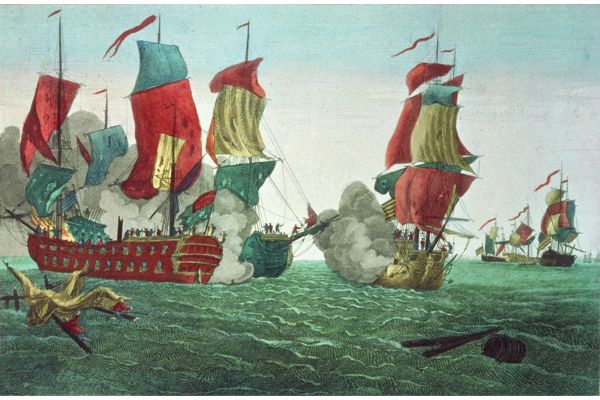
Photo: www.britannica.com Video: The Film Archives -
A combined Franco-American squadron under the command of Continental Navy officer John Paul Jones and two British escort ships guarding a sizable trade convoy engaged in naval combat in the North Sea off the coast of Yorkshire on September 23, 1779. Despite its very small scale and a great deal of disagreement over what had actually happened, it became one of the most remembered naval battles of the war in America.
The Bonhomme Richard, which Jones was in command of, suffered severe damage. An interesting fact about John Paul Jones is that he is known for notoriously refusing to give up the battle when he was requested to do so, responding: "I have not yet begun to fight." After ramming the British ship Serapis and tying the two ships together, he eventually prevailed in the conflict. In fact, his ship was severely damaged, so he seized control of the Serapis.
The reunited squadron spotted a brig in Bridlington Bay early in the afternoon, so at around 3:30 pm, a small schooner that had been taken the day before was sent with a 15-man boarding party. The reason for sending the schooner may not have been because the brig was in extremely shallow water, as Jones' official report and Bonhomme Richard's log disagree at this point, but rather because the main squadron was en route to investigate a report of a ship sighting the near Flamborough Head further north. Alliance, which had been a little in front of the others, hoisted a signal and sped off shortly after the schooner was sent back. The schooner was immediately recalled by firing a signal cannon, and the entire squadron sailed in the direction of the potentially lucrative targets after spotting at least two large vessels in the distance.
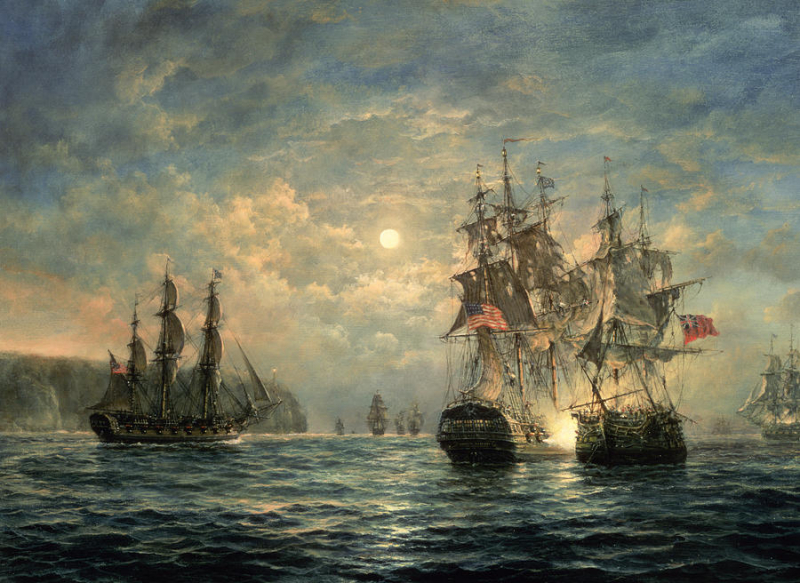
Photo: almostchosenpeople.wordpress.com Video: Drachinifel -
Later, in 1787, John Paul Jones became betrothed to Russian Empress Catherine II. After his attempt to take command of the 74-gun USS American had failed, he felt unnecessary. Pavel de Zhoves, a subject of France, was handed to him. As a rear admiral on the 24-gun flagship Vladimir, he participated in the Turkish campaign in the Dnieper-Bug Linan there. Then, there were various disputes over Jones's status in the navy. Some former British naval commanders in the Russian Navy also viewed him as a traitor, and his fellow commander Nassar-Siegen was envious of his position.
As the conflict continued, Russian Commander Prince Gregory Potemkin called John Paul Jones back to St. Petersburg with the intention of moving him to the North Sea, but that transfer never took place. He was no longer necessary. On June 8, 1788, he received the Order of St. Anne.
In 1789, John Paul Jones was detained and accused of raping Katerina Goltzwart, a 12-year-old girl. It was thought that this incident had been set up by rival officers. Count de Segur, a French representative in the Russian court, came to the conclusion that the plan against John Paul was being orchestrated by Prince de Nassau-Siegen for personal advantage. Later, John Paul acknowledged buying the girl's favors and having sex with her. In 1789, he traveled from Russia to Warsaw, Poland.
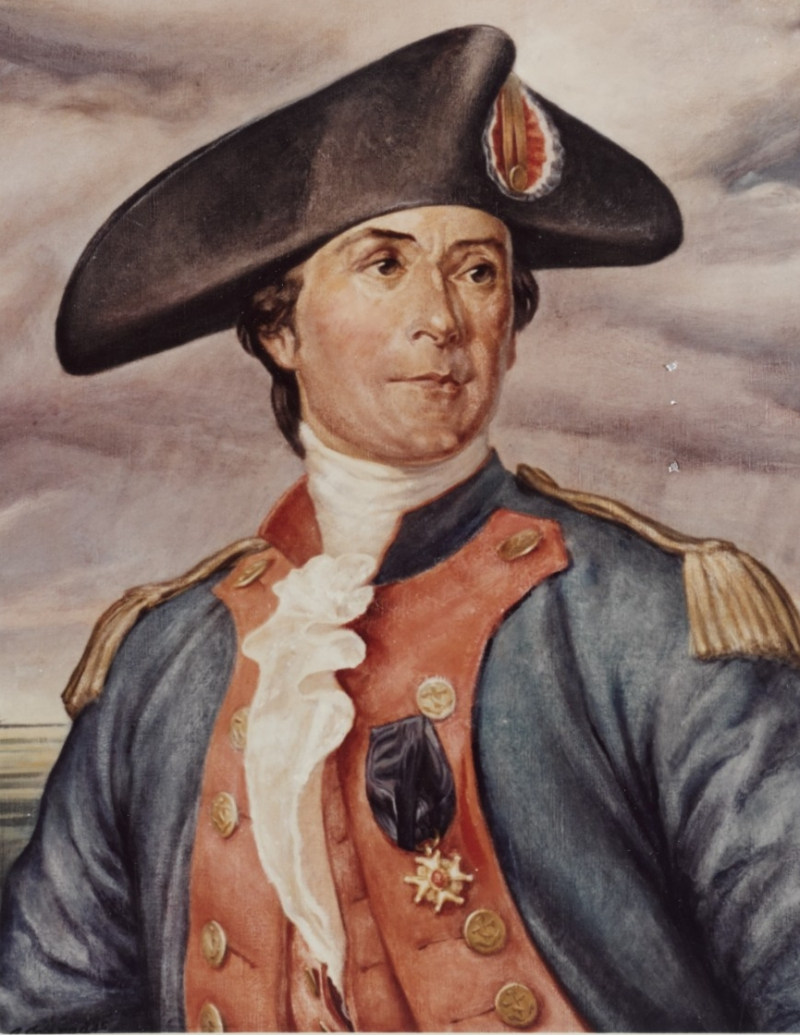
Photo: www.history.navy.mil Video: Dimitri Devyatkin -
The fact that John Paul Jones' remains were reburied is one of the interesting facts about him. Jones kept on going on excursions after he passed away. Before being buried in 1792, Pierrot Francois Simonneau made a donation of nearly 460 francs to have his body mummified. In order for his bones to be more easily identified "in the event that the United States wanted to claim his remains," he requested that they be preserved in alcohol and interred in a lead coffin.
Indeed, Jones's bones were located in 1905 after General Horace Porter, the ambassador to France, discovered he was searching for a lead casket. His last resting place, Saint Louis Cemetery, had once belonged to the French royal family but had been abandoned and neglected following the French Revolution. After discovering the cemetery's historic location, Porter utilized sounding probes to hunt for any lead coffins. The third of five coffins turned out to contain John Paul Jones' remains.
An interesting fact about John Paul Jones is that after being buried in England, his body was later brought to the US. His coffin was then installed at the Naval Academy in Annapolis, Maryland, where a ceremony was held before it was reburied in a bronze and marble sarcophagus at the Naval Academy Chapel.
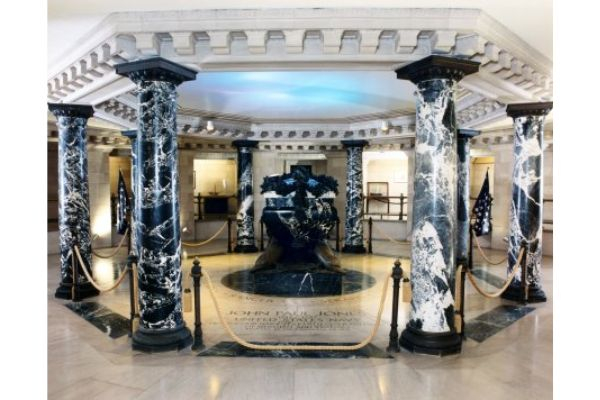
Photo: www.usna.edu Video: Chubachus











